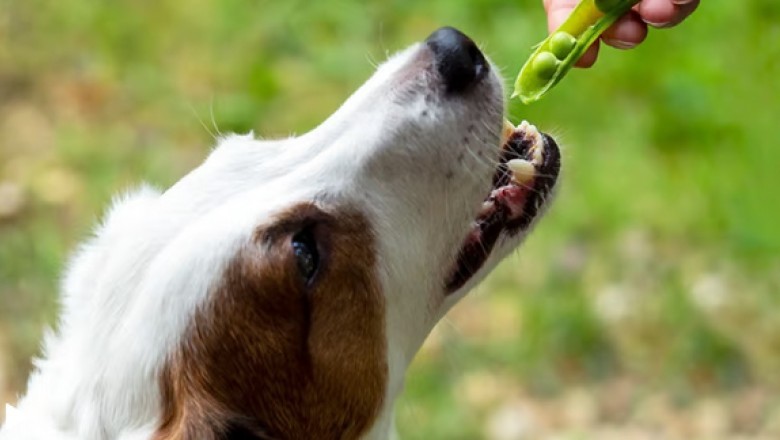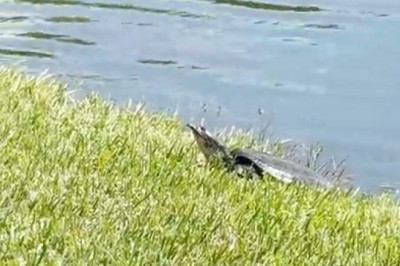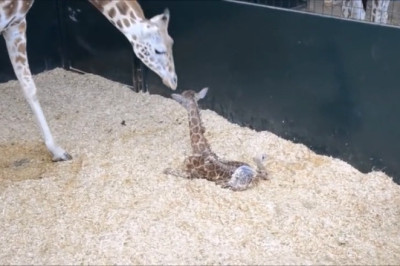Peas for Pups: A Nutrient-Rich Addition to Your Dog's Diet
As pet owners, we are often meticulous about ensuring our furry friends receive a balanced and nutritious diet. While meat-based proteins are a staple in a dog's diet, there is a growing interest in incorporating plant-based options. Peas, like lentils, are gaining popularity as a wholesome addition to a dog's menu, offering not only plant-based proteins but also a myriad of essential minerals and vitamins.
Peas: A Healthy Food for Dogs
Peas boast a nutritional profile that can benefit your canine companion in various ways. Packed with folic acid and antioxidants, including vitamins A, C, E, and K, peas contribute to cellular health and support optimal vision. Lutein and zeaxanthin, both antioxidants found in peas, belong to the carotenoid family, aiding in combating aging processes.
Beyond vitamins, peas are a robust source of vegetable proteins, supplying essential minerals such as iron, copper, zinc, phosphorus, potassium, and manganese. Additionally, the soluble and insoluble fiber content in peas makes them an excellent choice for promoting digestive health in dogs.
For pet owners concerned about gluten sensitivity or allergies, peas present an ideal alternative to cereals. With a low lipid proportion and a satiating effect, peas also play a role in weight management for dogs.
Should I Choose Fresh, Frozen, or Canned Peas for My Dog?
Opting for fresh, seasonal vegetables is always the best choice to maximize nutritional benefits. However, the availability of fresh peas is limited to specific seasons, leading to the question of whether canned peas are a suitable alternative, especially in winter.
While canned peas are convenient, they may not be the optimal choice for dogs due to potential high sodium levels and preservatives. Moreover, some vital nutrients and vitamins may be compromised in the canning process. If canned peas are chosen, thorough rinsing is crucial to eliminate excess sodium.
On the other hand, plain frozen peas emerge as a favorable compromise. In some cases, frozen peas may even surpass their fresh counterparts in vitamin C and B9 content. Steaming these frozen peas without seasoning is an excellent method of preparation.
How to Include Peas in a Dog’s Diet
Including peas in your dog's diet can be an enjoyable and nutritious experience. While raw or frozen peas can be given occasionally as a treat, the optimal way to unlock their nutritional potential is through cooking. Cooking enhances the digestibility of plant proteins, making the nutrients more accessible to your furry friend.
If your dog relishes the sweet taste of peas, consider incorporating them into your homemade meals or mashes. However, it's crucial to ensure that peas are not the sole component of your pet's diet. Variety is key, so pair peas with a protein source like salmon, chicken, lamb, or other meat options.
As with any dietary change, moderation is vital. Peas should not constitute every meal or replace your pet's entire ration. If your dog is trying peas for the first time, closely monitor their digestion. Excessive consumption of peas might lead to issues like bloating or flatulence.
It's important to note that peas contain purines, making them unsuitable for dogs with kidney problems. In such cases, alternative vegetables like carrots can provide similar health benefits without the potential drawbacks.
In conclusion, peas can undoubtedly be a valuable addition to your dog's diet, offering a nutritious blend of proteins, vitamins, and minerals. Whether fresh, frozen, or occasionally canned, with proper preparation and moderation, peas can contribute to your dog's overall well-being and add a tasty twist to their meals.





















Comments
0 comment